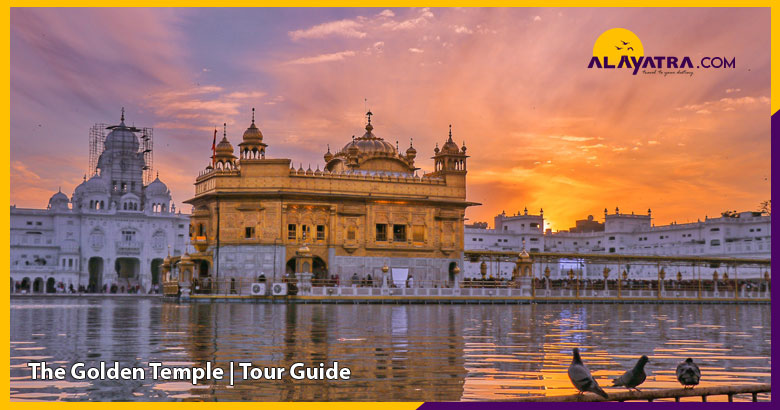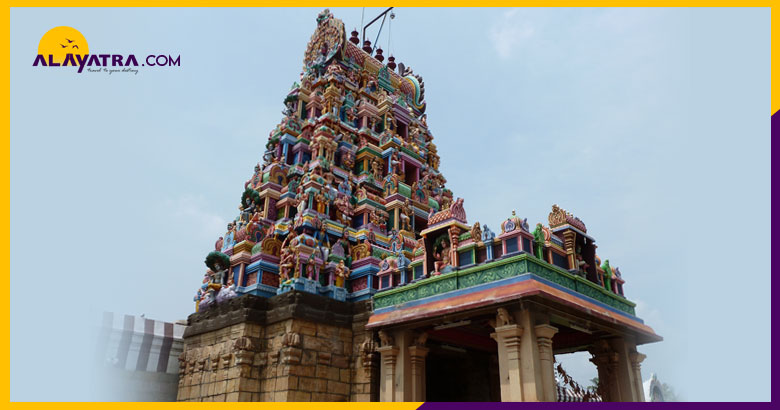The Golden Temple, Amritsar – History, Significance and Tour Guide
The Golden Temple, also known as Sri Harmandir Sahib, is one of the most famous and revered spiritual sites in India. Located in the city of Amritsar in the state of Punjab, the Golden Temple is a symbol of Sikhism and a popular pilgrimage destination for people from all over the world. In this blog post, we will explore the history, significance and tour guide of this magnificent temple.
History of The Golden Temple
The Golden Temple was founded in the 16th century by Guru Ram Das, the fourth Sikh guru. The construction of the temple was completed by Guru Arjan Dev, the fifth Sikh guru, in the early 17th century. The temple was designed to be a place of worship for people of all faiths, religions and castes. The foundation stone of the temple was laid in 1588, and the temple was completed in 1604.
Over the centuries, the temple has been damaged and rebuilt several times due to various wars, conflicts and natural disasters. The temple was destroyed by the Mughal Emperor Aurangzeb in the 17th century, and was later rebuilt by Maharaja Ranjit Singh, the ruler of the Sikh empire, in the early 19th century. The temple was again damaged by the British during the Indian Rebellion of 1857, but was restored to its former glory by the Sikh community in the 20th century.
Today, the Golden Temple is a thriving center of Sikhism, and attracts millions of visitors every year. The temple is surrounded by a large lake, known as the Amrit Sarovar, which is believed to have healing powers. The temple complex also includes several other buildings, including the Akal Takht, the Sikh museum, and the langar hall, where free meals are served to all visitors.
Significance of The Golden Temple
The Golden Temple is a symbol of Sikhism, and represents the core values of the religion. The temple is a place of worship, reflection, and community service. The Sikh religion emphasizes the importance of equality, compassion, and service to others, and the Golden Temple embodies these values.
One of the most unique features of the Golden Temple is its langar, or community kitchen. The langar serves free meals to all visitors, regardless of their religion, caste, or social status. This tradition of serving free food to the needy is an important aspect of Sikhism, and is a testament to the spirit of compassion and service that is central to the religion.

The Golden Temple Tour Guide
Visiting the Golden Temple is a memorable and enriching experience for people of all ages and backgrounds. Here is a tour guide to help you plan your visit to this magnificent temple.
Dress CodeThe Golden Temple is a place of worship, and visitors are required to dress modestly and remove their shoes before entering the temple complex. Men are required to cover their heads, and women are required to cover their heads and shoulders. Scarves and head coverings are available for rent at the entrance of the temple complex.
TimingThe Golden Temple is open 24 hours a day, seven days a week, and is busiest during the early morning and late evening hours. The best time to visit the temple is early in the morning, when the temple is quiet and peaceful. If you visit during the day, be prepared for large crowds and long lines.
EntranceThe entrance to the temple complex is located on the eastern side of the complex, and is marked by a large archway. Visitors are required to remove their shoes and wash their feet before entering the temple complex. The entrance is guarded by security personnel, who ensure that visitors follow the dress code and other rules.

The Golden Temple – Main Building
The main building of the Golden Temple is located in the center of the complex, and is surrounded by the Amrit Sarovar, a large lake that is believed to have healing properties. The building is covered in gold leaf, giving it its iconic appearance. Visitors can enter the temple through four entrances, which symbolize the four directions and the idea that all people are welcome at the temple.
Inside the temple, visitors can see the Guru Granth Sahib, the holy book of Sikhism, which is considered the living guru of the religion. Visitors can also witness the continuous recitation of the holy book, which is carried out by Sikh priests known as granthis.
Akal Takht
The Akal Takht is a building located near the Golden Temple, which serves as the highest temporal seat of authority for the Sikh community. The building was established by Guru Hargobind, the sixth Sikh guru, in the early 17th century, and has since played an important role in Sikh history and tradition. The Akal Takht is an important place of worship, as well as a center for discussions and decision-making within the Sikh community.
Langar
The langar is a community kitchen located within the Golden Temple complex, which serves free meals to all visitors. The langar is open 24 hours a day, and serves a vegetarian meal that is prepared and served by volunteers. The langar is an important aspect of Sikhism, as it promotes the values of equality and compassion, and serves as a way for the Sikh community to give back to society.
Jallianwala Bagh
Jallianwala Bagh is a public garden located near the Golden Temple, which is known for the Jallianwala Bagh massacre that took place in 1919. The massacre was carried out by the British colonial government, who opened fire on a peaceful gathering of unarmed protesters, killing hundreds of people. Today, Jallianwala Bagh is a memorial to the victims of the massacre, and serves as a reminder of the struggles and sacrifices of the Indian independence movement.
In conclusion, the Golden Temple in Amritsar is not just a magnificent architectural wonder, but also a symbol of the values of Sikhism – compassion, equality, and service to others. Visiting the temple is an enriching experience that should not be missed by anyone traveling to India. By following the dress code, visiting at the right time, and exploring the various buildings and features of the temple complex, visitors can gain a deeper appreciation for the rich history and cultural significance of this sacred site.




